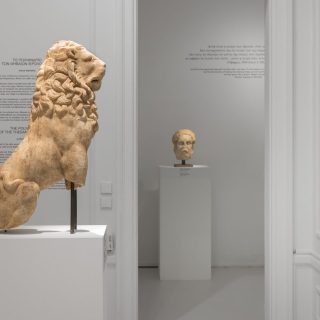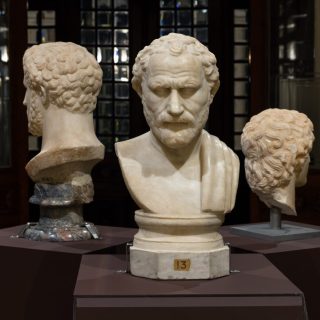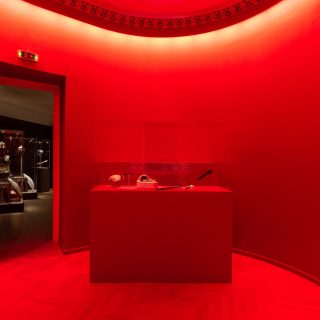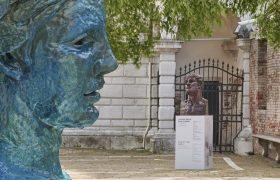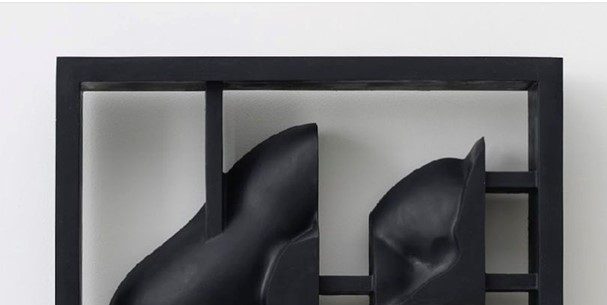Exploring Alexander’s Greatness at the Cycladic Museum
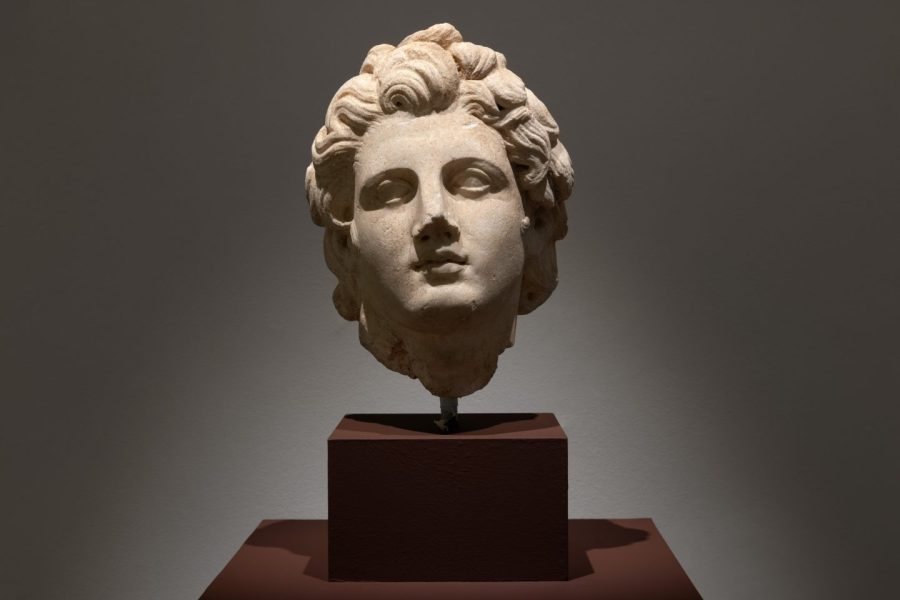
Τhe exhibition explores one of the most important historical events of Greek antiquity – the battle of Chaeronea that brought Alexander the Great onto the political stage and laid the foundations for the creation of the modern world.
One of the most important historical events of Greek antiquity – the battle of Chaeronea that brought Alexander the Great onto the political stage and laid the foundations for the creation of the modern world – is explored in the new exhibition ‘Chaeronea, 2 August, 338 BC: A day that changed the world’. The exhibition highlights the importance the Battle of Chaeronea had in ancient times, at the transition from the Classical to the Hellenistic period. The latter became an era in which Greek civilization was dominant for centuries and laid the foundations of what we call the Western world. The theme is the battle that opposed the Macedonian army of Philip II against that of the allied Greek cities of southern Greece – and in particular the Sacred Band of Thebes and the army of Athens – a conflict that for the first time brought the eighteen-year-old Alexander to the front line of history: Alexander who was soon to conquer the world with his great campaigns in Asia.
The exhibition includes 240 antiquities and historical documents, drawn from 27 Museums and Institutions from within Greece and four private collections too. Many are exhibited to the public for the first time. Also on display are two marble busts from the Chiaramonti Museum in the Vatican, while an ‘Unexpected Visitor’ of importance is Andy Warhol’s ‘Alexander the Great’ (1981) loaned from MOMus – the Museum of Contemporary Art.
The starting point of the exhibition is the battle itself, that particular day in August 338 BC, when close to the Boeotian city of Chaeronea the Macedonians under the leadership of Philip II faced the numerically superior allied forces of the Greek cities, under the leadership of Thebes and the political inspiration of the Athenian politician Demosthenes. Philip puts into the hands of the young Alexander the leadership of the cavalry, the body that will face the Theban Sacred Band and eliminate it. The consequences of the battle had an impact on the history of the world: after this battle, the army of Philip and, above all, of Alexander will reach the borders of the known world and bring outstanding wealth to the Greek area from the treasuries of the Persian kings. The Hellenistic period saw the disruption of the traditional political balances of the Greek cities and the redefinition of social structures. City-states are absorbed into a new administrative structure, that of the kingdom, where decisions are no longer made exclusively at the city level. It is a form of administration that closely resembles the member states of the European Union today. This was the period when a ‘new man’ came to be, one who – as described by Homer – ‘knew many states, learned the councils of many people’.
The exhibition allows us to archaeologically ‘reach out and touch’ Alexander the Great, as has never and nowhere been possible before, at any place or time. Alexander stands out large in History, but not at all in Archaeology. The written sources about him, although composed after his life, are numerous indeed. The archaeological finds that he left behind – items directly or indirectly tied to him – are rare. In Chaeronea, where he was first introduced to the world as the leader of the Macedonian cavalry, one finds the remains of the people who fought alongside him, who accepted his orders that morning of August, even of those who perhaps were killed by Alexander himself. All this evidence is presented in the exhibition for the first time.
In addition to introducing the two worlds that collided, the exhibition presents the burial practices of the two armies: the Polyandrion (mass grave) of the 254 Theban members of the Sacred Band with their guardian monument of the Lion of Chaeronea, and the Tumulus of the Macedonians. Special emphasis is placed on the archaeological recovery of the aftermath of battle, highlighting the work of two pioneers of Greek archaeology at the end of the 19th century and at the beginning of the 20th, namely Panagiotis Stamatakis and Georgios Sotiriadis.
- Paris Tavitian © Museum of Cycladic Art
Much of the archaeological evidence in the exhibition is presented for the first time. These are objects from the excavations of the Polyandrion of the Thebans and the Tumulus of the Macedonians. Objects that are either not fully published and known to the academic community, or are held in museums in the wider Greek region. Further, many of the exhibits were comprehensively studied for the needs of this exhibition and are being published for the first time, having been held in storerooms of either the local Museum of Chaeronea or the National Archaeological Museum in Athens.
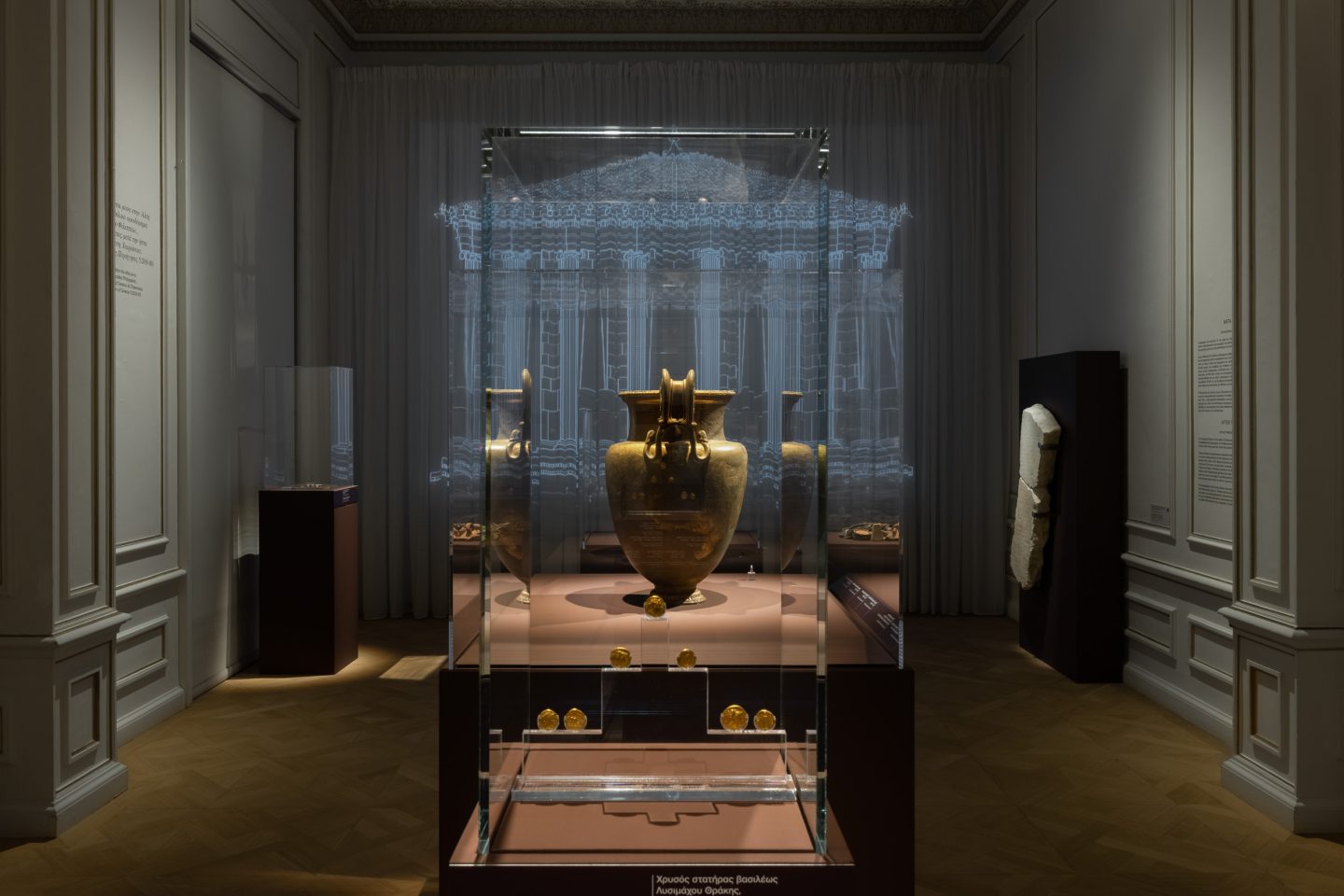
Paris Tavitian © Museum of Cycladic Art
In addition to introducing the two worlds that collided, the exhibition presents the burial practices of the two armies: the Polyandrion (mass grave) of the 254 Theban members of the Sacred Band with their guardian monument of the Lion of Chaeronea, and the Tumulus of the Macedonians. Special emphasis is placed on the archaeological recovery of the aftermath of battle, highlighting the work of two pioneers of Greek archaeology at the end of the 19th century and at the beginning of the 20th, namely Panagiotis Stamatakis and Georgios Sotiriadis.
When: Until 23 April 2024.
Where: Stathatos Mansion, Vasilissis Sofias & Irodotou 1, Athens. cycladic.gr

